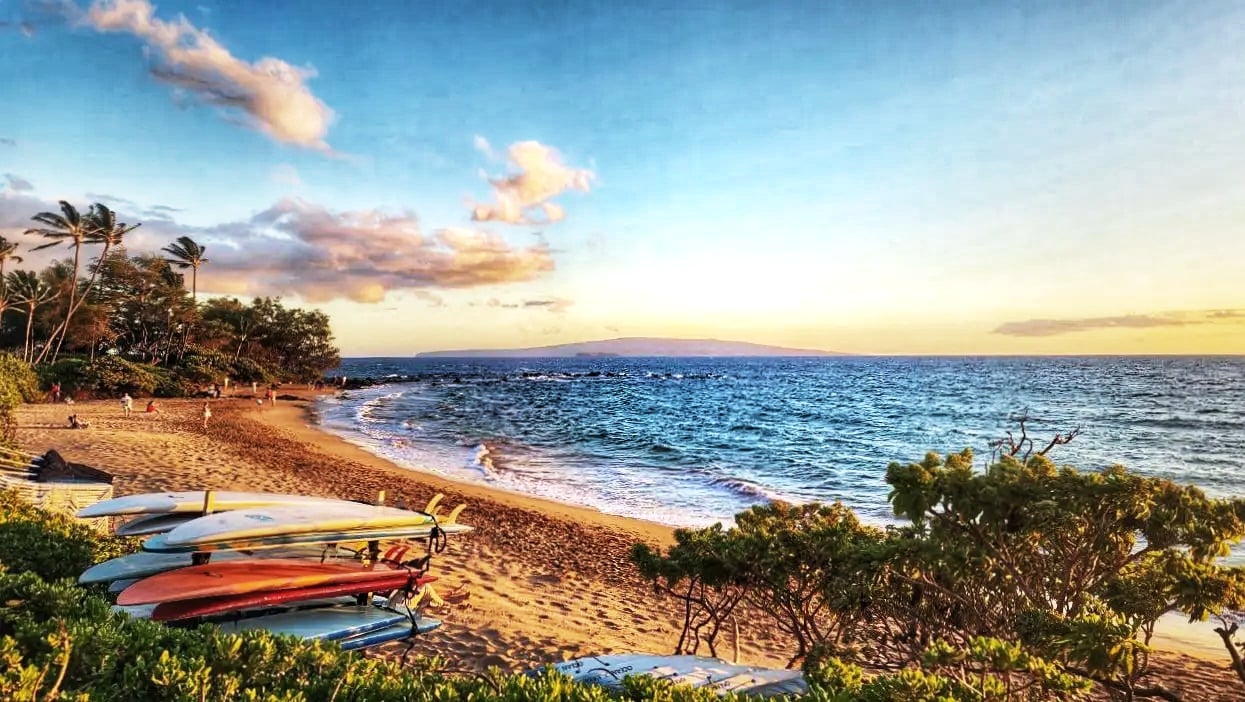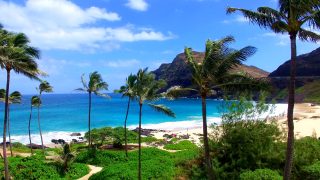Hawaii visitors are pushing back against a growing list of fees, reservations, and resident-only perks. What started as modest efforts to protect popular sites has evolved into a complex system where families now juggle advance bookings, differential pricing, and rules that change by island.
The result is not only sticker shock. It is a shift in just how a Hawaii vacation feels.
We have been reviewing your notes and discussing this in our recent coverage of visitor costs and rule changes. Some readers say the new approach is overdue and necessary. Others say it has crossed a line from stewardship to exclusion. The best way to see what is really happening is to separate the feelings from the facts and look for a path that could work for both Hawaii’s guests and hosts.
Why visitors say they feel treated like outsiders.
From Kauai to Oahu, it is now common to see different prices for residents and nonresidents, along with timed entry that sells out well before a typical vacation is booked. At Diamond Head, Hawaii residents do not pay the entry fee or need a reservation. Visitors, however, must book at least 30 days in advance and pay $10 for their vehicle and $5 for each passenger.
At Hanauma Bay, the difference is even starker: nonresidents are charged $25 and can book two days in advance, while those who live in Hawaii enter for free without reservations.
Visitors to Kauai wanting access to North Shore Kauai beyond Hanalei can book their parking space at Haena State Park starting 30 days in advance and will pay $10 for their car and $5.00 for each passenger. Hawaii residents do not require a reservation and are also exempt from entry fees.
On the Big Island, the road to Waipio Valley was closed to visitors altogether while residents continued to use it. These examples are just a few among many, but they illustrate the growing divide that travelers encounter and often have strong feelings about.
Ashley wrote, “Hawaii is the 50th state of America, yet Americans are being pushed into feeling like outsiders when trying to visit.” Another visitor told us, “Charging for parking at every single turnout going up to Kalalau Lookout makes an afternoon very expensive.” A third, Tom, added, “I have brought my family for 20 years. This time I felt like every stop had a meter running.”
Part of the tension also comes from the cost context that surrounds these fees. When the price of everything else climbs, even a modest new charge lands badly. We have covered that broader cost environment in stories about food prices and hotel extras. The difference now is that fees are increasingly tied to access itself, which changes the emotion. It is no longer only about what a meal or a room costs. It is about whether you can get into a place you have dreamed about for years, and whether you feel welcome once you are there.
Residents: tourist fees are long overdue
There is another truth that deserves equal weight. Residents live with the impacts of tourism year-round. They pay state and county taxes. They navigate crowded roads and limited parking, even when they are not on vacation. For many, the idea that people who fund the place should get a break at the most popular sites is not controversial. It is practical. As one reader, Kay, put it, “Tourist fees is not a new concept. Many countries employ this. They charge residents one fee and nonresidents a higher fee.”
There is also the matter of fragile resources. Coral gets damaged. Trails erode. Cultural sites suffer when thousands of people press into the same small space, day after day. Residents are asking for fewer people in fewer places at once, and for the experience to feel calmer and more respectful when people do come. A system that spreads demand, funds bathrooms and maintenance, and gives communities breathing room is not anti-visitor by definition. The question is how to design it so it feels fair to everyone.
A longtime resident, Mary, told us, “We love that visitors want to be here. But we also want our kids to swim at the beach without fighting for parking every Saturday. That balance has to come first.”
Many residents also note that bad behavior is not limited to visitors. Litter, illegal parking, and environmental damage are shared problems. When rules focus solely on visitors, it can seem convenient to do so without altering local habits. That perception matters for buy-in on both sides.
Hawaii may be pricing out middle-class families.
Your strongest reactions in recent articles have come when rules and costs appear to push out the middle. People who have returned for decades say they now feel priced out or singled out. First time visitors say they are surprised by how many hoops they must jump through to see places they thought were open to all. Residents who depend on visitor spending worry about what happens if regular families stop coming and only the highest spenders remain.
That is the heart of the matter. If Hawaii becomes a patchwork of reservations and premiums that caters mainly to the top of the market, the islands lose more than just volume. They lose the repeat visitors who stay in small places, eat in local restaurants, and carry the story of Hawaii back to their communities in a way that no PR campaign can match. On the other hand, if nothing changes, both residents and visitors will continue to feel the strain. The middle is where the answer must live.
What would feel fair and transparent.
From your messages, a few ideas come up repeatedly. They are not perfect, and they may not please everyone, but they strive for fairness.
First, publish one simple, statewide access page that lists the big rules and fees by island, with real time availability. People plan Hawaii trips months in advance if not longer. Surprises at the last minute make them feel set up to fail. A clear starting point helps lowers frustration before a vacation even begins.
Second, commit to site specific reinvestment, and show it. If a lookout charges for parking, visitors want to see that money used for clean bathrooms, safer paths, and staff who can help and educate. Nothing reduces resentment like a place that looks and feels demonstrably better because of the fee that was paid to enter it.
Third, consider visitor free windows and resident first windows that are scheduled and consistent. Predictability helps everyone. If Wednesdays and early mornings are for residents at a beach park, post it year round and hold to it. Visitors can plan around that. Locals can count on it.
Fourth, reduce the number of places where people pay for parking in a single corridor or bundle the charge so that one ticket covers a zone for the day. The sense of being charged again and again as you move between park lookouts and trailheads is one of the top complaints we hear. Bundling turns three minor irritants into one known cost.
Fifth, keep the price signals real but moderate. High fees screen demand, but they also screen the wrong people. A family that has saved for a decade to bring kids to Hawaii is not the problem to solve. Too many bodies in one small place at one time is the problem. Timed entry can do most of that work on its own.
The legal and practical line.
Some readers raise constitutional questions about treating nonresidents differently. In practice, many places across the U.S. and worldwide, including parks, use differential pricing. What causes trouble is not the concept but heavy-handed application without equal transparency, reinvestment, and alternatives. If people see where the money goes, frustration eases. If they cannot, frustration builds.
Hawaii also needs to remember caregivers, returning residents, and people who come not as tourists but as family. There are ways to build limited carve outs that respect those realities without creating loopholes that swallow the rule.
How this fits the bigger crossroads.
This debate does not sit in a vacuum. It intersects with airfare and hotel costs, airline changes, and the feeling that the islands are losing some of what made people fall in love with them. We have heard from many who say they will continue to come if they feel welcome, can plan without stress, and can see where their dollars go. We have also heard from many who are taking a break and trying other places because the combination of cost and friction has simply become too much.
For residents, the question is how to protect home without losing the jobs, small businesses, and tax base that keep communities alive. For visitors, the question is whether the experience still feels like Hawaii rather than a long list of rules and line items. For the state and counties, the question is whether the new approach can transition from idea to execution, so that both sides see tangible progress on the ground.
Your turn.
If you have visited recently, what felt fair, and what crossed the line. If you live here, do the new systems work for you or not? Would a statewide access page, bundled parking, or resident-free windows make the difference? Tell us what would help this feel less like exclusion and more like balance. We are listening.
Get Breaking Hawaii Travel News







Anthony – you hit it right on the head. Those of us who are second citizens on the island, because we do not carry a local DL, yet we pay some of the highest taxation in the country. It is because of the greed and pressure from people like us that it is a matter of time before we figure out how to survive. They may keep squeezing every dime I have in the form of property tax, but we are all trying to learn another way to stop throwing our money to the nepotism that defines the state and county governments.
“They pay state and county taxes.” While this is true, many if not all of the “local” residents pay reduced property taxes (assuming they own property) compared to those of us who have come for many years to our second homes (50+ years) and pay full property taxes and fees as if we were tourists. We are not allowed to have driver’s licenses designated as Hawaii which is what “the locals” use to show they are residents. Could we show our property taxes bill or similar, Yes (but we will be ignored as a non resident) or treated as someone who “doesn’t deserve to own property there.” It is a very messed up system fully managed by nepotism.
The woman griping “when we come to Hawaii we feel like outsiders” is haole entitlement to the core. As haole we are either visitors or we are settlers. We are undeniably outsiders. Yes, the fees exist partly as a revenue stream, but they also exists to ensure that Hawaiians don’t get displaced from Hawaiian places. You are welcome to not do the activities with those fees, and you are also welcome to stay home.
Aloha Chris,
Most people are unaware of the meaning of the word “haole.” It is one of the most misunderstood and misused words, and one that Haole’s themselves continually redefine. Transplants never get it right when they attempt to insult a nonnative Hawaiian with light skin.
I am nearly at the point when all of us long time visitors just take Chris’ advice and “stay home”. Actually Chris, we will just take our money elsewhere. Chris, good luck when we stop coming; your island economy is not diversified and long from being so. Perhaps its time to just let you islanders experience the suffering that will come when we just “stay home” and after a couple years of that see if you are more reasonable.
To me prices are up everywhere. I go to Hawaii to heal my soul , the warm tradewinds the beautiful beaches and the country back roads of upcountry. I had the privilege of living in Maui from 1978 for 12 years. I love Hawaii , I go to breathe, relax and just be. If you get all worked up about prices on vacation then stay home. Locals should have a discount that is not uncommon.
It is a no stress zone for me. Just breathe